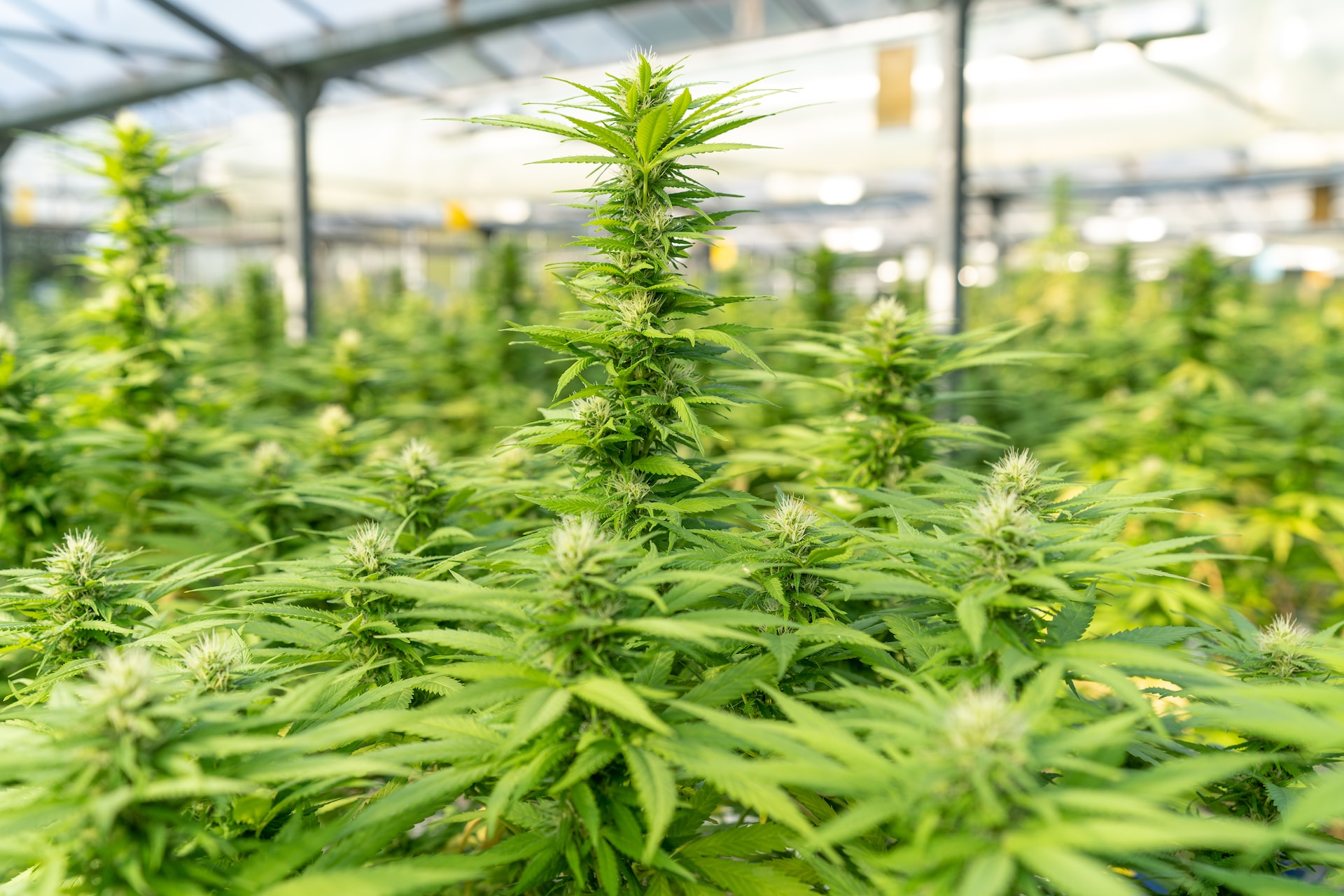
As medical marijuana continues to gain acceptance and popularity among patients and healthcare professionals, it is important for users to understand the variety of consumption methods available to them. Each method offers unique advantages and challenges that can significantly impact therapeutic outcomes. At 406 Essence, we are committed to providing accessible information and resources to help patients in Billings, MT make informed choices concerning their cannabis use.
Whether you are new to medical marijuana or want to experiment with new ways to consume cannabis for therapeutic purposes, it is crucial to explore the range of options available. In this article, we will discuss the most common cannabis consumption methods for medical use, including inhalation, oral administration, sublingual administration, and the topical application. We will also delve into the advantages, disadvantages, and various factors to consider when selecting a suitable method tailored to individual needs and conditions.
Before diving into the different consumption methods, it is important to note that the preferred choice for each patient may depend on factors such as the specific medical condition being treated, the desired effects and duration of action, and personal preferences. It is always advised to consult with a knowledgeable healthcare professional when planning to incorporate medical marijuana into your treatment regimen.
The primary goal in choosing an appropriate cannabis consumption method for medical use is to maximize the therapeutic benefits of cannabinoids such as THC and CBD while minimizing any potential side effects. As the medical marijuana industry rapidly expands, new and innovative consumption methods continue to emerge, providing patients with more choices than ever before. By thoroughly understanding these options, patients can make well-informed decisions and achieve the desired therapeutic outcomes in managing their health conditions. In the following sections, we will explore various consumption methods and discuss factors that can help guide you in selecting the most suitable approach for your medical needs.
A Comprehensive Guide to Different Cannabis Consumption Methods for Medical Use
Inhalation: Smoking and Vaporizing
1. Smoking
Smoking is the most traditional method of cannabis consumption and involves the inhalation of combusted cannabis flower. The active compounds within the plant material are rapidly absorbed into the bloodstream through the lungs, often providing almost immediate therapeutic effects. Smoking’s quick onset of effects makes it suitable for patients seeking fast relief from acute symptoms such as pain or nausea.
However, drawbacks of smoking include the production of harmful byproducts and a strong odor. The combustion process creates harmful substances like tar and carcinogens, which can lead to respiratory issues and other health concerns. Moreover, smoking is not recommended for patients with asthma or other lung conditions.
2. Vaporizing
Vaporizing, or vaping, is an alternative to smoking that involves heating cannabis flower or concentrates to a temperature that releases the active ingredients in the form of vapor. Vaporizers can provide similar rapid effects as smoking but without producing harmful combustion byproducts. Additionally, vaporizing can lead to a more controlled dosing experience, enabling patients to fine-tune their intake with greater precision.
Despite its advantages, vaporizing may require a higher initial investment in a quality vaporizer device. Additionally, vaporizing can still produce an odor that some patients may find less than discreet.
Oral Administration: Edibles and Capsules
1. Edibles
Edibles refer to cannabis-infused food items, such as candies, chocolates, baked goods, and beverages. The main appeal of edibles is their discretion and ease of use, particularly for patients who may be averse to smoking or vaping. Edibles typically take longer to produce therapeutic effects (usually 30 minutes to 2 hours) compared to inhalation methods, but these effects may last significantly longer – often four to eight hours or more.
However, the slow onset of effects can make accurate dosing a challenge, particularly for inexperienced users. Consuming too much can lead to unwanted side effects and may produce an intense high if the edible contains THC.
2. Capsules
Capsules containing cannabis extracts offer another method of oral administration for medical marijuana. They can provide a controlled, pre-measured dosage of cannabinoids, making it easier for patients to manage their intake consistently. Additionally, capsules typically have no taste or odor, making them an ideal option for those with taste sensitivities.
Sublingual Administration: Tinctures and Sprays
1. Tinctures
Tinctures are cannabis extracts, typically alcohol- or glycerin-based, that can be placed under the tongue for sublingual absorption. This method allows the active compounds to bypass the digestive system and enter the bloodstream more quickly, typically within 15 to 45 minutes. Tinctures are particularly suitable for patients who desire fast-acting relief without the risks associated with inhalation methods and offer precise dosing and discretion.
2. Sprays
Cannabis sprays function similarly to tinctures but are delivered through a spray nozzle that is administered under the tongue or inside the cheek. Like tinctures, sprays offer fast absorption and precise dosing. Additionally, cannabis sprays may contain added flavorings to improve taste.
Topical Application: Creams, Balms, and Patches
1. Creams and Balms
Topical cannabis products, such as creams, balms, and lotions, are applied directly to the skin and are typically used for localized pain relief and inflammation. These products may contain a combination of THC and CBD, with the added advantage of not producing any psychoactive effects. Topicals are an excellent choice for patients with conditions like arthritis, muscle soreness, or skin irritations.
2. Patches
Transdermal patches infused with cannabis adhere to the skin and deliver a controlled release of cannabinoids over an extended period, usually up to 12 hours. Patches can provide consistent relief without the need for repeated dosing and may be ideal for patients who require long-lasting, steady effects.
Conclusion
Given the variety of medical cannabis consumption methods available, patients and healthcare professionals have an arsenal of options to tailor their treatment plans based on individual requirements and preferences. By understanding the unique advantages and potential drawbacks of each method, patients can make more informed decisions and achieve the desired therapeutic outcomes.
If you’re looking for high-quality medical marijuana and cannabis products in Billings, Montana, look no further than 406 Essence. Our dispensary offers a wide range of safe and legal products to help you find relief from a variety of ailments. Our experienced staff is dedicated to helping you find the right products to meet your needs, and our commitment to quality and safety means you can trust us to provide only the best. Visit us today and discover the many benefits of medical marijuana for yourself!

